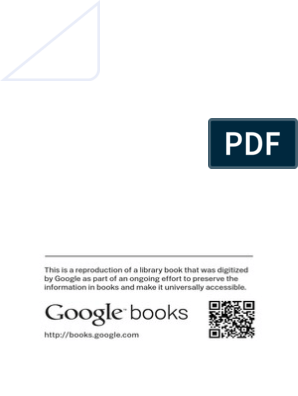0% found this document useful (0 votes)
235 views10 pagesAn Analysis of Romanticism in The Lyrics of
The document discusses the connection between literature and life, with Plato arguing that literature is merely an imitation of life and thus removed from truth. It also examines whether song lyrics can be considered a form of literature, noting that lyrics often reflect the times and cultures they were written in, and contain elements of personal expression and observation found in other literary works. The scope of the research will analyze romantic elements and values in the lyrics of the song "Happiness" by Rex Orange County through a qualitative, descriptive, and semiotic approach.
Uploaded by
Risky LeihituCopyright
© © All Rights Reserved
We take content rights seriously. If you suspect this is your content, claim it here.
Available Formats
Download as DOCX, PDF, TXT or read online on Scribd
0% found this document useful (0 votes)
235 views10 pagesAn Analysis of Romanticism in The Lyrics of
The document discusses the connection between literature and life, with Plato arguing that literature is merely an imitation of life and thus removed from truth. It also examines whether song lyrics can be considered a form of literature, noting that lyrics often reflect the times and cultures they were written in, and contain elements of personal expression and observation found in other literary works. The scope of the research will analyze romantic elements and values in the lyrics of the song "Happiness" by Rex Orange County through a qualitative, descriptive, and semiotic approach.
Uploaded by
Risky LeihituCopyright
© © All Rights Reserved
We take content rights seriously. If you suspect this is your content, claim it here.
Available Formats
Download as DOCX, PDF, TXT or read online on Scribd
/ 10

























































































